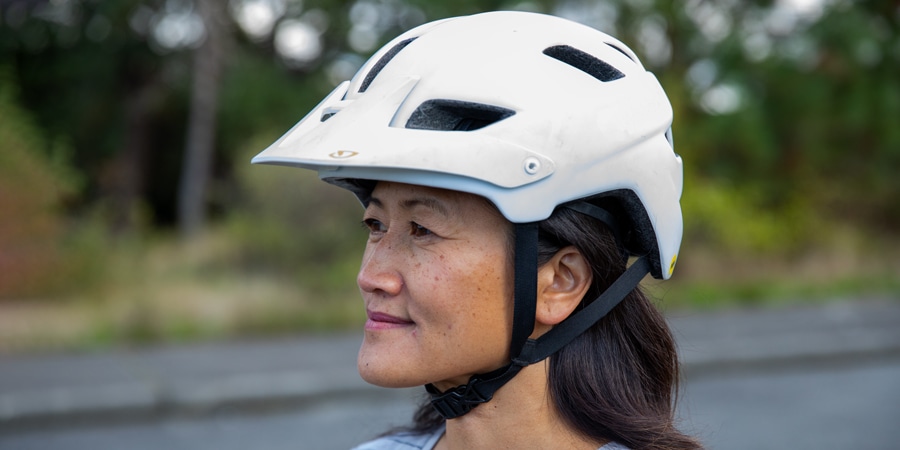If you’re reading an article on how to choose a bike helmet, chances are you don’t need convincing about wearing one for noggin protection. Helmets simply make sense whenever you ride and some places have laws requiring them. All helmets in the U.S. must meet the same standard for impact protection, but when you’re shopping there are a few additional things you might want to consider.

Here are the key factors when you choose a bike helmet:
Above all, make sure you get a helmet that fits properly: A poor fit can compromise protection (and the will to wear your helmet), so get the right size and adjust it properly.
Look for a bike helmet that matches your style of riding: Helmet categories simplify the selection process by steering you toward options more suited to your needs (but a road helmet can be worn on a dirt trail and a mountain bike helmet can still be worn on the road). Bike helmets fall within three basic types:
- Recreational bike helmets are an economical choice and will provide basic impact protection for casual riding.
- Road bike helmets are designed to be lightweight, well ventilated and aerodynamic.
- Mountain bike helmets are well ventilated, and most styles offer extended rear head coverage because a mountain biker is more likely to fall backward than a road rider.
Consider what specialized features you may want: Are new protection technologies and advanced designs (lighter, cooler and more aerodynamic) important to you? Do you need special features like built-in mounts for a light or an action camera? Keep in mind that these will all increase the price of the helmet.

Comments
0 comments
Please sign in to leave a comment.